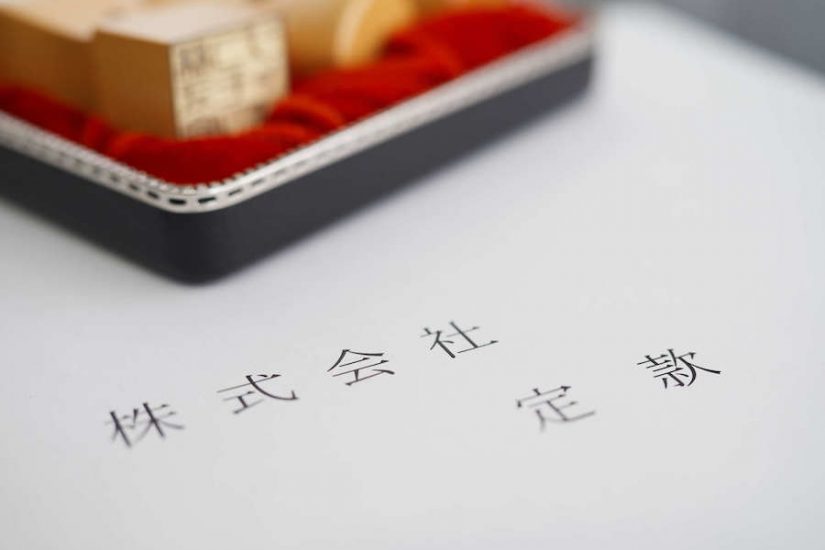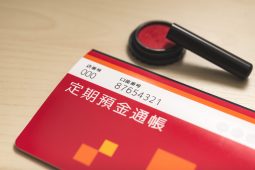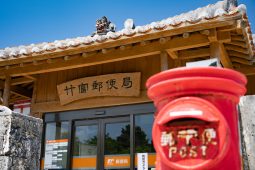In many western countries people use signatures when validating documents.
However, in Japan people often use personal seals to the same effect. These seals are called はんこ hanko or 印章 insho.
They are often mistakenly referred to as 印鑑 inkan, which in fact refers to the registration document of the 印影 inei (the impression the seal leaves). Whilst hanko with many common Japanese last names may be easily found in \100 yen stores around the country, foreign residents will be hard pressed to get their hands on one without ordering one custom made.
If you are hoping to work in Japan, it’s definitely worthwhile to invest in your very own hanko as it will likely see a lot of use in and out of the office. It is important to understand the role not only of your own hanko but, also the many other different types and uses of these seals in the typical Japanese office.
The first is seal we are going to look at is known as 認印 mitomein (recognition seal). This seal is the most casually used; from signing for packages to simple office paperwork, this stamp will be your workhorse. Many smaller companies still use these as a kind of time card where employees “punch in” or perhaps more accurately “stamp in” when they arrive at and leave the office.
The second is referred to quite literally as 角印 kakuin (square seal). This is the seal that sees the most use with everyday business transactions.It is mostly stamped on invoices and quotes sent to customers. This seal is not registered with the government so it is best reserved for documents of little legal significance. kakuin are used just like mitomein for individuals. For important documents such as contracts, businesses often tend to use both the kakuin and Corporate jitsuin to seal the document.
Next up is the 銀行印 ginkoin (bank seal) which is used for… yes you guessed It, banking. All banking transactions and accounting documents are affixed with their own seal for auditing purposes. ginkoin is used not only for daily banking but also for issuing corporate checks, bills, and deals regarding its tangible assets. Unless you have your heart set on entering the bureaucratic wonderland that is the world of accounting in Japan, you probably won’t have to worry much about this seal at work.
The final and most important seal is called the 会社代表印 kaishadaihyouin (company representative seal). This is the “legal” seal companies have registered with their local governments which bears the name of both the company and the company’s director or CEO. This registration can then be cross verified should any doubts be raised about a stamp’s authenticity.It is used on important legal documents such as employment contracts, bank loans, and non-disclosure agreements. As you can imagine, this seal is stored in a secure place, often in a large safe at a company’s head office and is only able to be stamped by its registered user. This is great for security but quite often involves a lengthy process of paperwork and “hankoing” for when you need it to stamp some documents.
Now with all of these hanko just waiting to be used you may be tempted to jump right in. However, without the proper preparation, your first hanko stamp may very well leave a bad impression! The first thing we should do after selecting the appropriate hanko is to prepare our work surface by using a note pad or magazine as a base. Make sure to correctly orient the hanko, then apply ink and stamp firmly with even pressure.
While it may be true that banks and other organizations around the country are now scrambling to phase out the use of hanko in an effort to catch up with the fin-tech revolution, business accounts, along with a myriad of other governmental procedures, do still require one, as a business cannot “sign” documents without one. So it seems as though this enduring Japanese custom will continue on for the foreseeable future.








